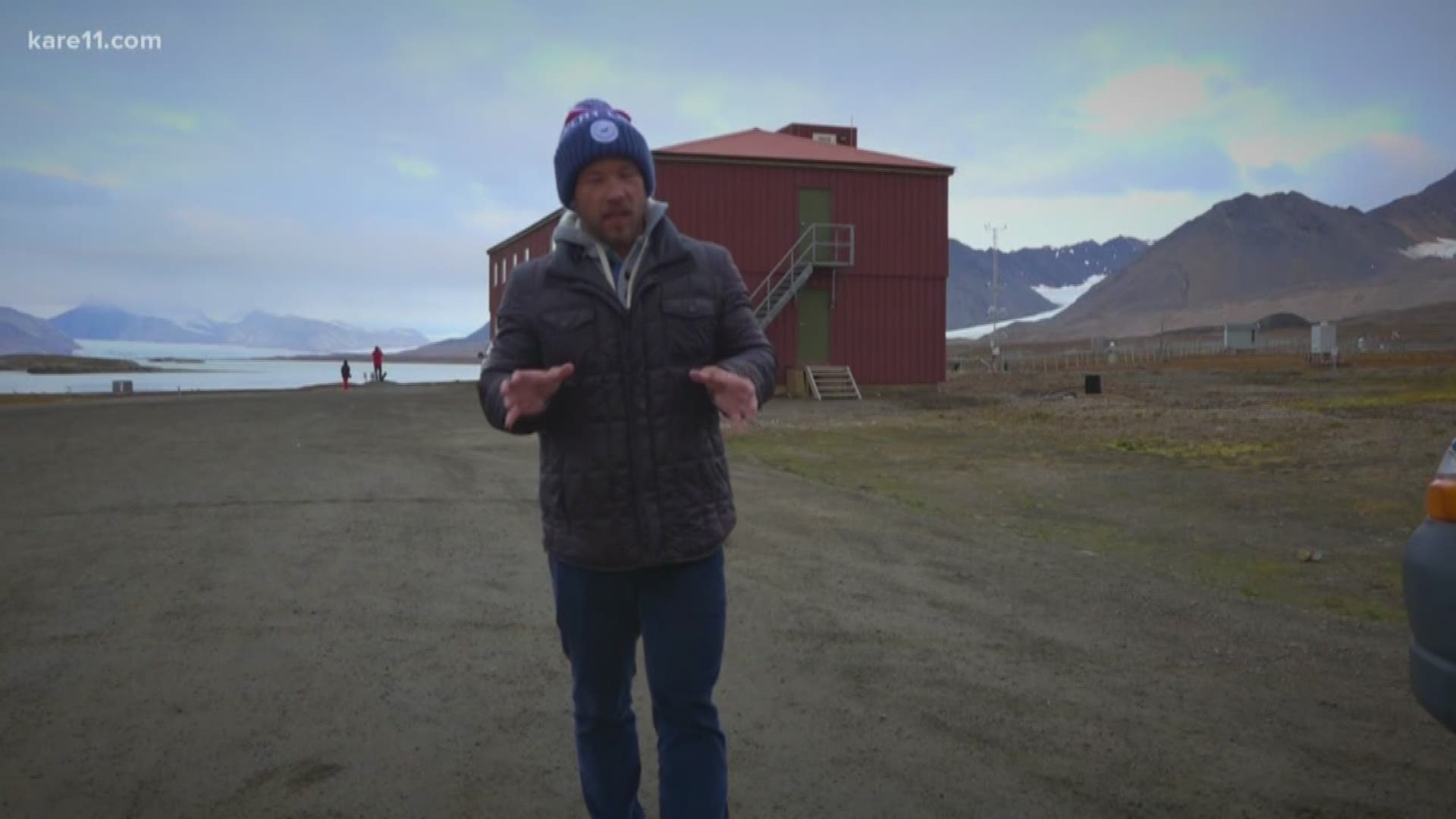ST. PAUL, Minn. - The climate of our planet’s arctic is much more complex than being ‘just cold’ and it can vary greatly based on where you are.
Svalbard, a cluster of islands technically part of Norway, is in a unique spot that also makes it particularly vulnerable.
Norway is the land of KARE 11 Sunrise's Sven Sundgaard's ancestors, and it's the homeland of many Minnesotans. Some of Sven's ancestors are still buried in Norway, an incredible land of mountains. The most notorious of his ancestors are the Vikings.
More Explore with Sven: Visiting viking ships
Part of what made the Viking-era possible was a warmer climate. The medieval warm period, a warm period in the last couple thousand years, allowed them to explore even colder places than Scandinavia.
We know now that our climate is even warmer than it was then.
Sven had always wanted to travel farther north than where his family is from. He wanted to see firsthand man's impact on climate change.
Far north of mainland Norway sits Svalbard, high in the arctic. It's one of the northernmost settlements on the planet at 79 degrees latitude. Svalbard is a town of mostly researchers and scientists from all over the world.
Svalbard has 24 hours of daylight, or "midnight sun," in summer, but enters total darkness this time of year with a return to harsh conditions.
Arctic Guide Franca Leiterer told Sven, "it’s sad to have plus degrees in February, March. It’s the coldest months. We should have 20 below, 30 below...then the rains comes on top of it.”
Leiterer and other arctic guides witness climate change personally.
“Probably some animals, some flora and fauna have time to adapt, hopefully," Leiterer said. "But here on Svalbard, changes are so fast that probably even for the polar bear it will be too fast.”


